As a building or facilities manager, you can use water leak sensors in your properties to help detect and prevent leaks, which can save money on water bills and prevent damage to the building. Here are a few ways that you can use water leak sensors in your properties:
-
Install water leak sensors in key areas: Place water leak sensors in areas of the building that are most susceptible to leaks, such as near water heaters, washing machines, dishwashers, sinks, toilets, and other appliances or fixtures that use water.
- Monitor the sensors: Ensure sensors are placed in areas where water leaks are most likely to occur or where unwanted moisture may appear. Keep an eye on the water leak alarms periodically to ensure they are placed correctly and ready to sound the alarm as soon as there is water present.
- Use multiple sensors: It's recommended to use multiple water leak sensors throughout the building, rather than relying on just one sensor in one location. This way, you can detect leaks that may occur in any area of the building.
- Schedule regular check-ups: Schedule regular check-ups to check water supply, plumbing lines and key appliances/fixtures to ensure that they are working properly.
- Take action on alarms quickly: When you hear an alarm from water leak sensors, or a tenant lets you know of an alarm, take prompt action to address the issue. This can include shutting off the water supply and sending a maintenance team to fix the problem before causing more damage.
By using water leak sensors in your properties, you can proactively detect and prevent leaks and water damage, which can help you save money and protect the integrity of the building. Additionally, the sensors can help you with identifying patterns of water usage, which can aid in identifying and addressing any potential waste of water.

